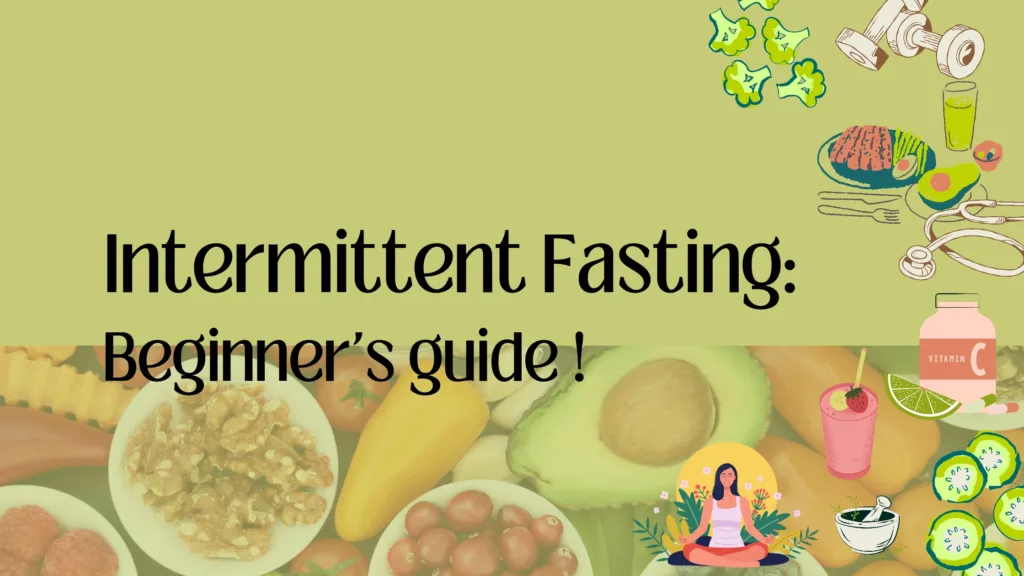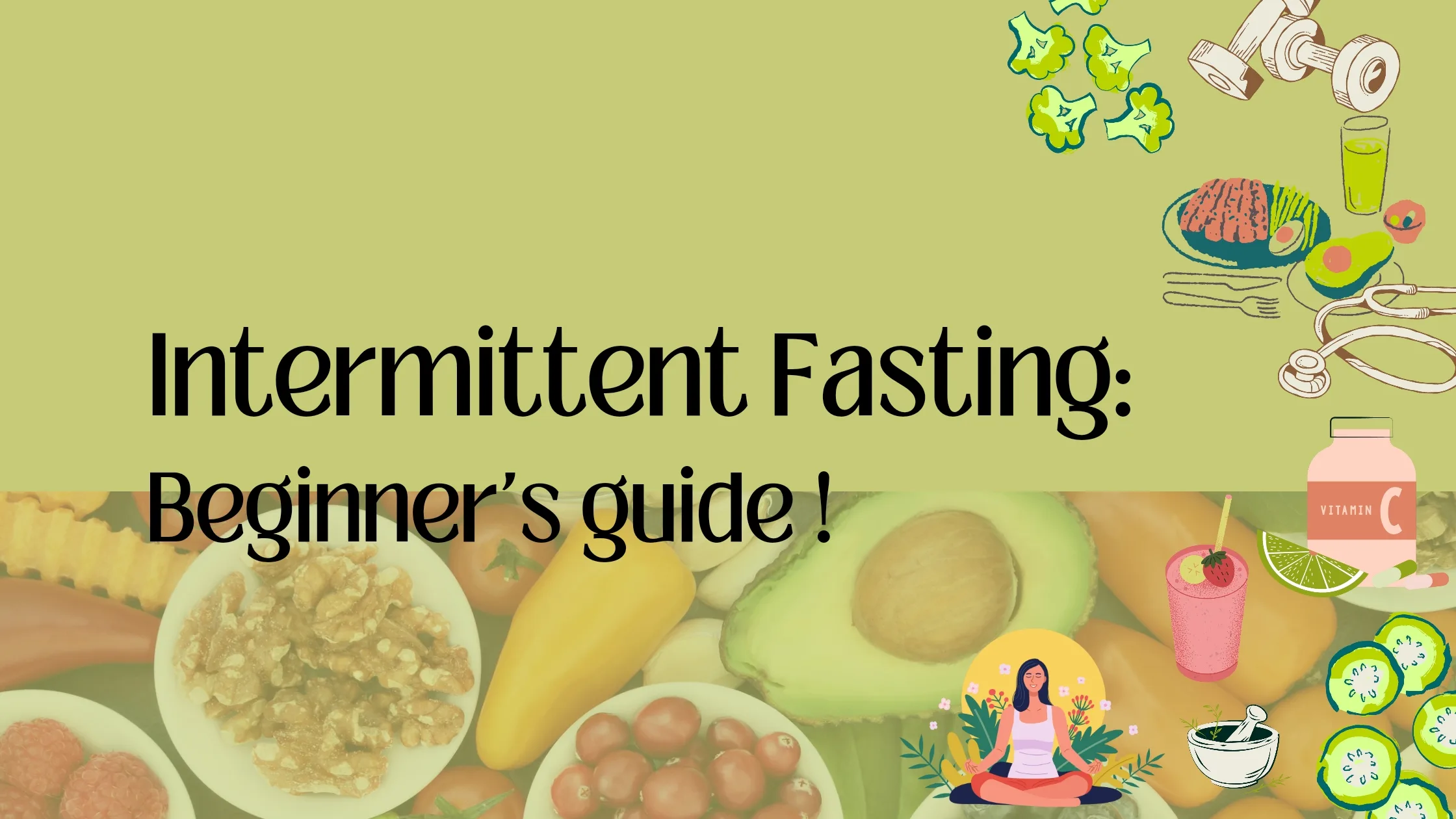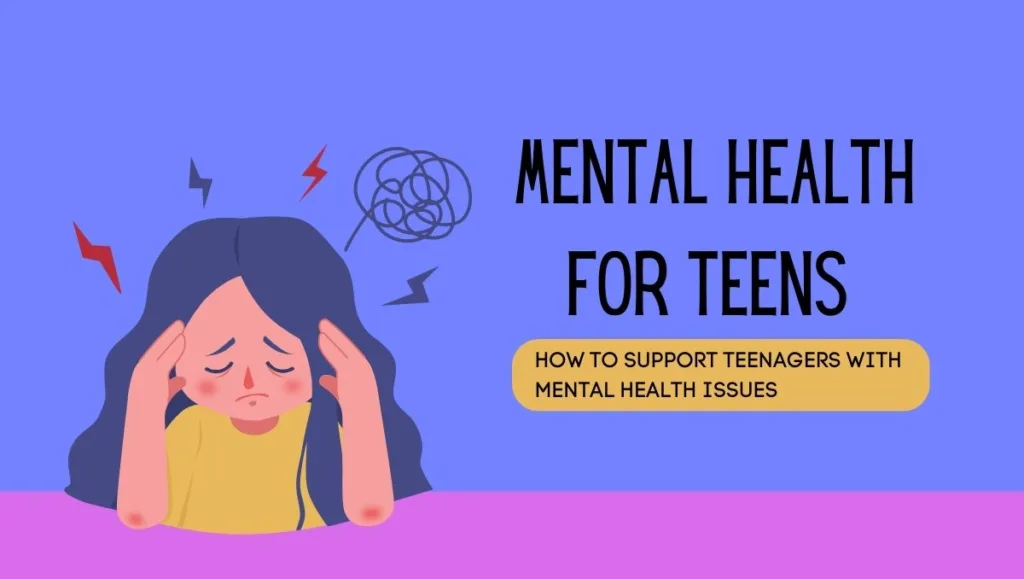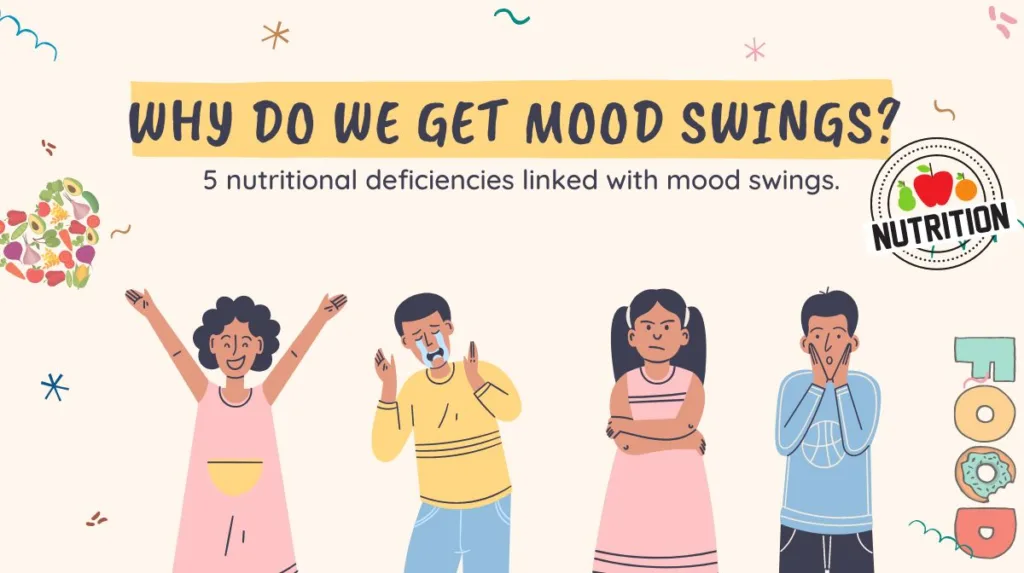Intermittent Fasting is a meal timing schedule aiming to eat and fast over a given period of time. For people who are about to start Intermittent Fasting, it’s important to understand that this is more of a “when to eat?” rather than a “what to eat?” diet. There is less need for focusing on what you include in your meals. But one thing to keep in mind is that you should take a highly nutritious meal and maybe increase some calories in it even if you’re fasting to lose weight.
We will discuss it in detail further in this article starting from the basics of intermittent fasting to learning how to practice it.
Table of Contents
What is intermittent fasting?
Nowadays, Intermittent fasting has become one of the popular methods of weight loss. Apart from that, it also provides several health benefits like reducing signs of aging. But what is intermittent fasting and how does it work?
In order to understand, let’s first talk about the term “fasting”. Fasting refers to the practice of not eating for a fixed duration of time. Since ancient times, people have been fasting occasionally for religious reasons, so this is not a new concept at all.
However, the fact that fasting can actually help in leading a healthy life has been discovered recently. Intermittent fasting refers to the act of scheduling time durations of when to eat and when to fast. For example, some people eat one meal after every 24 hours or some people fast for 16 hours a day and eat meals in the window of 8 hours.
It has been proven in various studies that intermittent fasting helps you in achieving your weight loss goals. A popular study by USC states that intermittent fasting helps you by reducing the risks of diabetes, heart disease and even cancer.
Where did intermittent fasting come from?
Digging a little deeper to find out the origin of intermittent fasting, let’s first understand that this term has arrived by experimenting with normal fasting.
As stated earlier, fasting isn’t a new concept. It has been there since forever. People in old times used to fast for religious and spiritual reasons. Religions like Hinduism, Christianity, Buddhism, Islam, etc. follow their own different kinds of fasting methods.
Effects of fasting in the process of weight loss gained interest in the 1900s and it was not until 1945 that intermittent fasting came to existence. And how? It was first experimented on mice, and it was observed that it extended the life of those mice. After this experiment, intermittent fasting gained more popularity and, in the present, it’s well known to stimulate body, mind and soul.
Intermittent Fasting and weight loss
Unlike dieting, in intermittent fasting, you don’t need to reduce your calorie intake and count the calories before eating. Yet it helps in losing weight. Let’s understand the science behind this. While you follow a continuous diet routine that requires you to reduce the portions of your meals, your body becomes habitual to that restricted calorie intake after a period. In such a case, if you want further weight loss, you’ll require even fewer calories.
Whereas in intermittent fasting, you can eat unrestricted meals in the fasting period and all the calories get to burn in the fasting period. And when all those calories have been burned, then comes the turn for excessive body fat.
What we see here is, that continuous dieting is good if you don’t want your weight to increase and maintain it as it is, whereas if you are willing to lose weight for a longer period, it’s better to go for Intermittent fasting. Studies show that this kind of fasting results in a positive metabolic response of the immune system leading to low cholesterol levels and breaking down the saturated fats. This not only helps people with obesity but also decreases the risk of heart disease.
As Intermittent fasting is not exactly the same as regular fasting, keep in mind that you must not drink anything other than water during the fasting period. If you follow intermittent fasting the correct way, you can lose between 2-6 KG a month depending on your current BMI. And to get you right there, we’ll further talk about how to practice intermittent fasting.
Other health benefits of Intermittent fasting
When we don’t eat for a long duration, the stored body fat becomes more accessible leading not only to weight loss but several other kinds of changes in our cells and hormones.
Hormones function more actively during intermittent fasting to induce weight loss which adds on several other health benefits like increased metabolism and balanced insulin level.
- Intermittent fasting also lowers the risk of type-2 diabetes. Diabetes is caused by increased blood sugar levels. But during Intermittent fasting, insulin resistance decreases, which ends up lowering blood-sugar levels and hence protecting you against diabetes.
- Intermittent fasting also helps in balancing the proportion of free radicals and antioxidants in our body which can provide resistance against oxidative stress. Hence this helps in reducing signs of aging and healing inflammation faster.
- As stated earlier, Intermittent fasting lowers the cholesterol level of our body, it lowers heart disease risk and provides our heart with good protection and health. It also improves your blood pressure and blood triglycerides.
- During the fasting period, our cells go through a process of removing dysfunctional proteins by breaking down old cells. These proteins build over time and increase the risk of cancer and several other diseases. Hence Intermittent fasting also helps to prevent cancer.
- As our hormones function properly and we feel relieved physically, our mental health also improves by good functioning of our body. Depression and anxiety are caused by the deficiency of a hormone called ‘brain-derived neurotrophic factor’. During the fasting period, the level of this hormone increases leading to better mental health.
Though, you must note that not all things mentioned above work the same for everyone. Intermittent fasting results might differ depending on your gender or other factors. It is also observed in studies that things work differently for males and females; hence you must start Intermittent fasting after taking recommendations from a doctor.
Types of Intermittent fasting
There are different types of intermittent fasting. And before deciding how to practice it, we must be aware of its methods. In this section, we’ll discuss the ways intermittent fasting can be done. We will also compare between the methods to figure out which one is the most effective. Widely, Intermittent fasting is practised in five ways.
- The 16/8 method
- The 14/10 method
- The 5:2 method
- Alternate day fasting
- The eat-stop-eat method
The 16/8 method
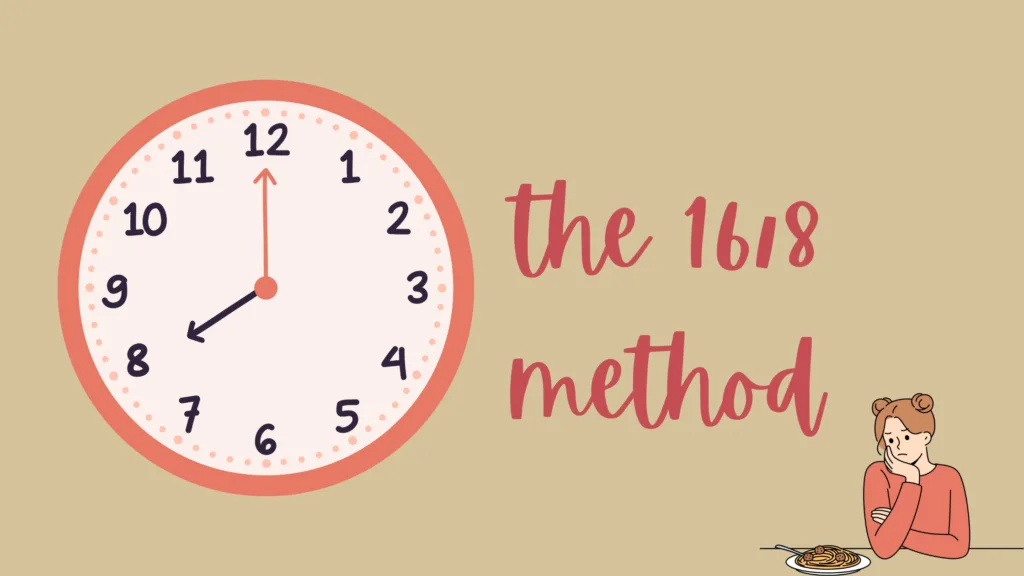
This method can be used to establish fasting and eating times. For instance, you only have to eat during 8 hours of the day while fasting for 16 hours. This approach is common because the majority of individuals already fast during the night or when they are asleep. It’s practical since you can extend your overnight fast by forgoing breakfast and delaying lunch. For many people interested in trying intermittent fasting for the first time, this type of fasting is easier to go with.
This intermittent fasting method is best when repeated twice a week. You might find it difficult to establish the right time schedule for eating and fasting but once you get on the right track, it’s not too tough to follow.
To make it easier for you, we have figured out a time window for eating between 10 AM to 6 PM. Don’t take the first meal of the day before 10 AM and no dinner after 6 PM. In case you get too hungry in the morning or having breakfast at 10 AM is not possible for you, try to eat between 9 AM to 5 PM.
Having breakfast very early in the morning isn’t good if you are following this method of Intermittent fasting.
The 14/10 method
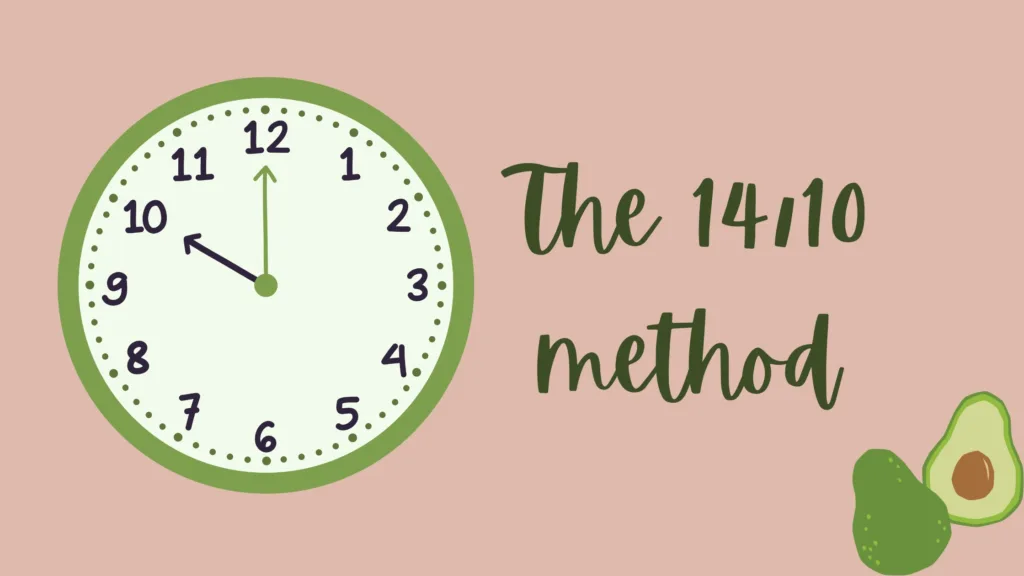
This method is quite similar to the 16/8 method, but the fasting period is reduced by 2 hours in this one. This is also known as a smoother version of 16/8 method and might not provide very fast results.
Intermittent fasting for women might be harder to follow during menstruation and hence, this is the best method to be followed that time as it co-operates well with the hormonal changes.
This method also helps to regulate your biological clock and form a good daily routine if you eat your meals during daylight hours. The best time to eat is between 10AM-8PM. It’s best to have only two meals and a snack if needed.
Also, whichever method you follow, make sure that your meals are not just full of calories but also nutrients. Because eating unhealthy meals during intermittent fasting might make your body feel weaker and less energetic.
The 5:2 method
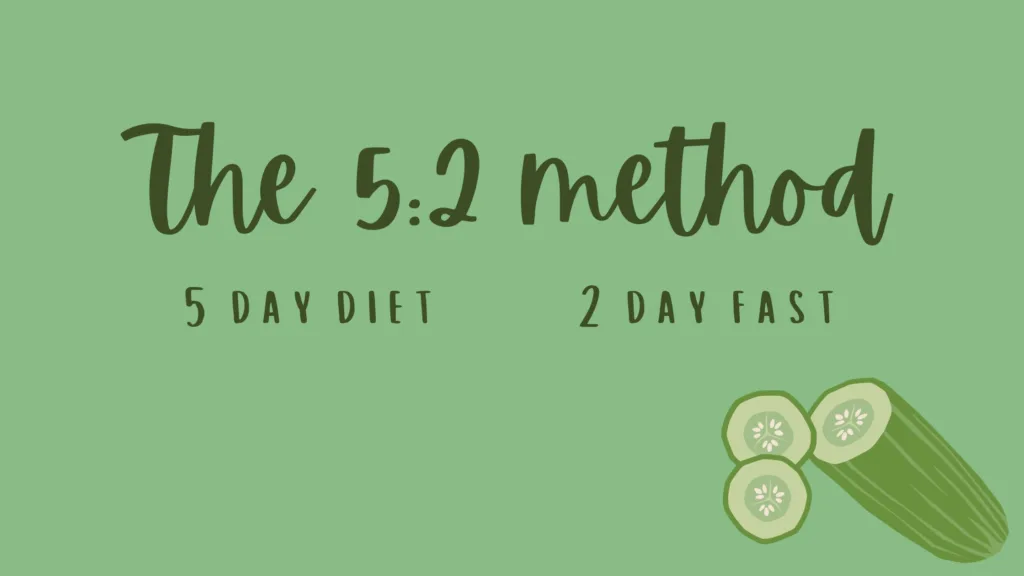
This pattern of diet was popularized by British journalist Michael Mosley. People who find it harder to continue with the calorie restricted diet often prefer the 5:2 method of Intermittent fasting.
In this method, you have to fast for two days a week and eat complete meals for 5 days without worrying about how much calories you consume. But having nutritious food throughout the week is the only thing that matters. You can consume only one-fourth of your daily needs of calories on the other two days. This equates to roughly 500 calories for women and 600 for men per day.
Choosing the fasting days is totally up to you but it’s important to have a non-fasting day in between two fasting days. Don’t fast for two days continuously.
The commonly used plan for the 5:2 method is to fast on Mondays and Thursdays. You just have to take one or two small meals on the fasting days. For the rest of the week, have regular meals. Make sure that you don’t eat too much junk food even on regular days while following Intermittent fasting.
Alternate day fasting
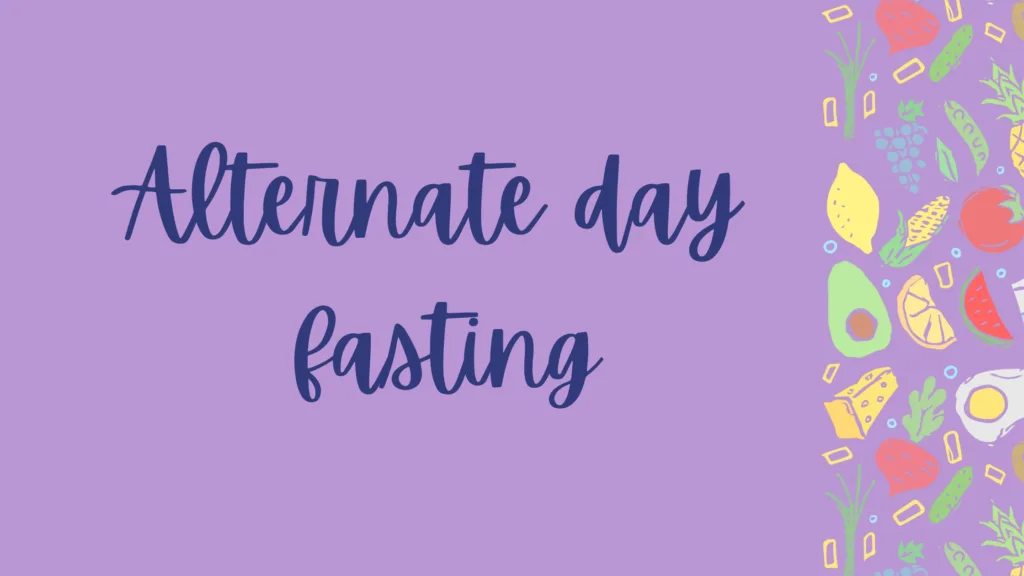
Particular method of intermittent fasting that includes consuming at some point and fasting the subsequent. So, all editions of ADF (alternate day fasting) are kinds of intermittent fasting, however not all flavors of intermittent fasting are ADF.
It’s a really fast way to lose weight. You have to fast one day and take regular meals the other and this cycle continues. One should make sure that they are healthy enough and not physically weak before opting for this method. Otherwise, it might result in making you weaker or lose muscles instead of fat; especially if you are a beginner.
If you’re just starting off to Intermittent fasting, alternate day fasting is not very good to begin with. But if you’re habitual to fasting and healthy enough, then this method is really effective to boost up the metabolism and promote weight loss.
If combined with workouts, it’s very beneficial for your cardiac health.
The eat-stop-eat method
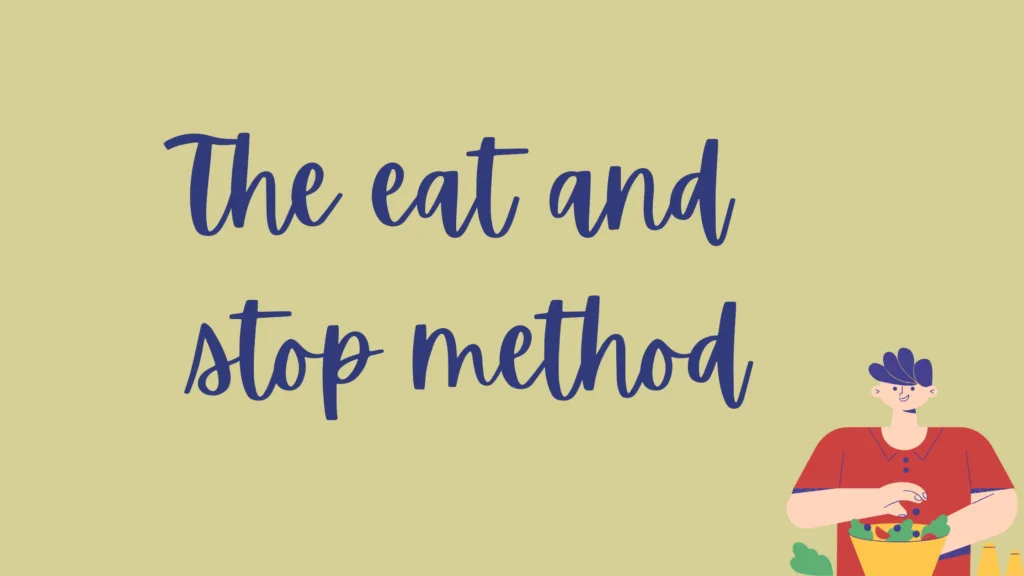
This method involves fasting for 24 hours. Which means, you have to fast for 24 hours and then have a complete meal. But wait, there is no need to panic! Because you don’t have to follow this pattern daily.
For a beginner, the eat-stop-eat method should be done only once a week and once you get habitual to it, you can extend it by twice a week. This method should be followed very carefully as it might result in low-blood pressure, headache or fatigue. So, if you’re someone who does a lot of physical work throughout the day, we will not recommend this method to you.
It helps in weight loss as it causes high level changes in metabolic function for the fasting period of 24 hours.
How to practice intermittent fasting?
To begin with, intermittent fasting might seem tougher initially. But once you catch the flow, it’s one of the healthiest and easiest ways to lose weight. Not just weight loss but many other health benefits that are already mentioned serve as a result of intermittent fasting.
But as a beginner, it’s difficult to figure out where you need to start from. And that’s why, we have some tips for you to practice intermittent fasting. Given are the simple steps you can go through and discover your own point to start with:
Know what you want
Even though intermittent fasting is mainly aimed towards weight loss, different people might have different goals. Some may want to do it for health benefits or the others want it to boost up their metabolism.
So it’s necessary to keep your thoughts clear and figure out what exactly you want from it. The goal you set in the beginning works as your motivation for the rest of the journey. Apart from it, knowing your goal will also help you in choosing the best method for you as different methods have different effects on the body.
Select the method
Once you know your goal, it becomes easier to select the method. It’s normal to get confused between which method will work best for you but get in depth and check for the outcomes of each method we have already mentioned in the article. Make a list of your preferences and see which one fits the best there. Everyone has different lifestyles so pick a method of intermittent fasting that doesn’t interfere with your daily life.
There’s nothing wrong with experimenting. So if you are opting for a method, stick to it for at least one month to see whether or not it works for you. If the results are favorable, you can continue, and if not, then you should go for any other method.
Figure out calorie requirements
Every person has different calorie requirements as per their body type. So you don’t need to restrict yourself for a fixed calorie intake on getting influenced by someone. Remember to keep your meals filling and nutritious.
Counting calories of everything you eat in a day 1 week prior to starting intermittent fasting will help you figure out how many calories you need a day to keep yourself energetic. Further you can plan what you have to eat during intermittent fasting to make it easier for you.
To know the exact calorie requirements, it’s best to refer to a dietician and know how many calories your body needs. But don’t reduce the calorie count because even if you’re fasting for weight loss, you don’t need to follow a restricted diet plan.
Make a meal plan
Making a meal plan is beneficial in many ways. You will get an idea whether you are taking a sufficient amount of meal a day or not and whether you are consuming enough calories on the fasting days. Once you are done figuring out the calorie requirements, it’s important to plan your meals in order to make sure that you’re intaking enough calories to keep you energetic while fasting.
Also, during the fasting days, overtaking calories might result in slowing down the process of weight loss. Hence, it’s crucial to ensure that you are not taking lesser or higher calories than required.
Also read: Best Workout Session Tips: Why Should You Eat Before A Workout?
FAQs
- What are intermittent fasting side effects?
To be fair, intermittent fasting has several benefits that the side effects are very rare to be counted. But in some cases, people faint due to fasting as their body cannot handle it. Here are some intermittent fasting side effects mentioned below:
- Dehydration
- Headache
- Fatigue
- Poor sleep
- Hunger
- Lightheadedness
- Mood swings
In most people, these symptoms are noticed when they start intermittent fasting but once they get habitual, none of these issues appear. Although, some people face these issues even after long periods so it’s better to consult a doctor before adapting to a particular lifestyle.
- Can intermittent fasting be dangerous?
For the majority of people, intermittent fasting works smoothly and provides health benefits but for some it might be risky. There might be several factors due to which intermittent fasting isn’t suiting you but the widely known ones are:
- Diabetes
- Pregnancy
- Breastfeeding
- Issues related to menstrual cycle
- Eating disorders
Before starting intermittent fasting, make sure that you don’t have any of these issues. It is also seen that adolescents who are in an early stage of growth also face side effects of Intermittent fasting. It’s worth mentioning that if you’re under a medication that requires food intake, don’t go for intermittent fasting.
- How does intermittent fasting work?
The concept of intermittent fasting works on metabolic change. When you do not eat for a certain period, your body starts finding ways to keep you energetic and that’s where your metabolism starts boosting to fulfill the requirements of your body even when you aren’t eating anything.
This contributes a lot towards weight loss as the saturated fats in your body start burning to prevent you from starving when all the calories you have taken have already burned. And as the stored fat burns, you lose weight.
- What happens after 1 week of intermittent fasting?
The results after 1 week of intermittent fasting depend on the method of Intermittent fasting you have chosen. But on average, people notice a tighter and slightly slimmer look on their bodies. Even if you don’t notice anything like this, there still will be less bloating than before.
In most cases, results after one week are barely noticeable so there’s no need to get demotivated as it’s not a magic trick that will show results in a short period of time. It might be a slow process but always worth it. Majority of people notice differences after 2 weeks and some even notice them after a month!

